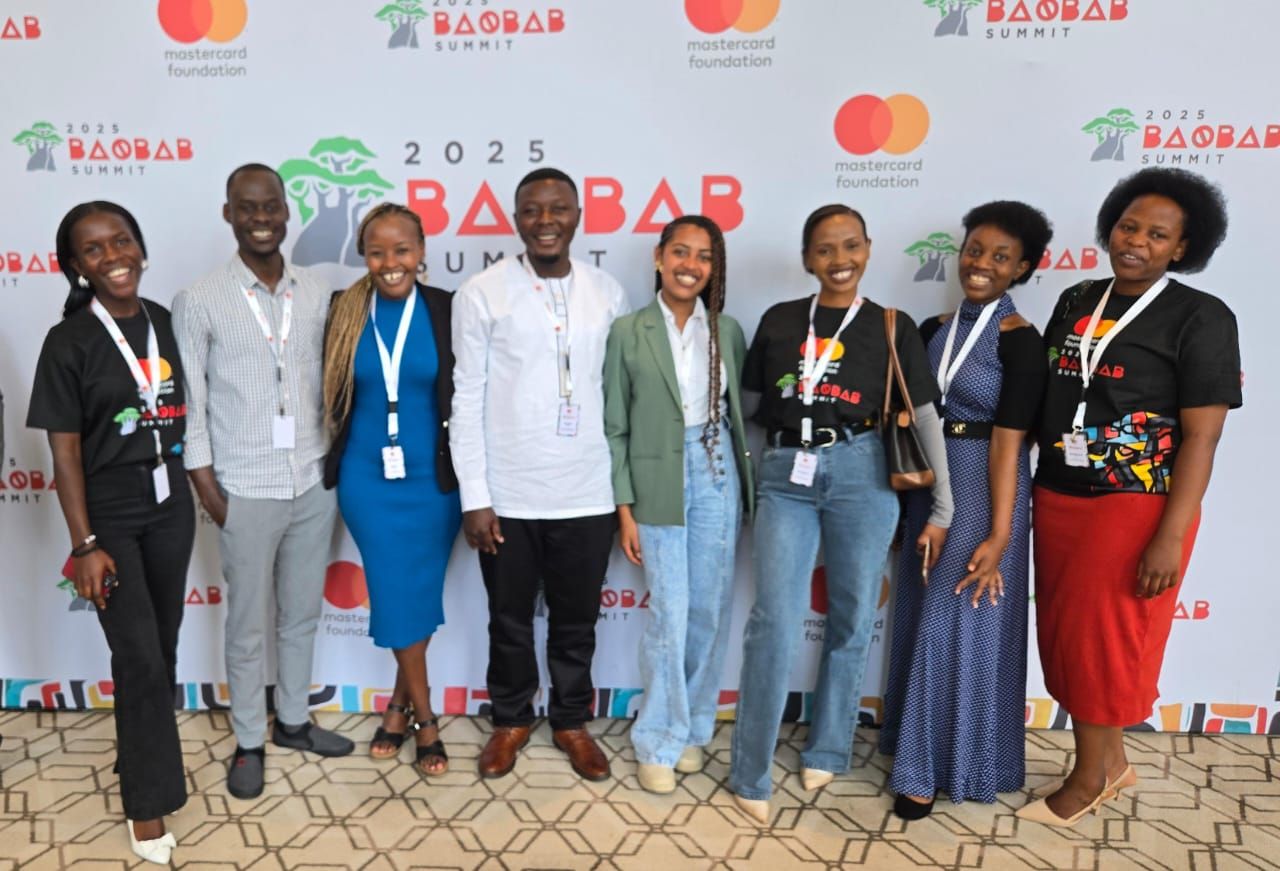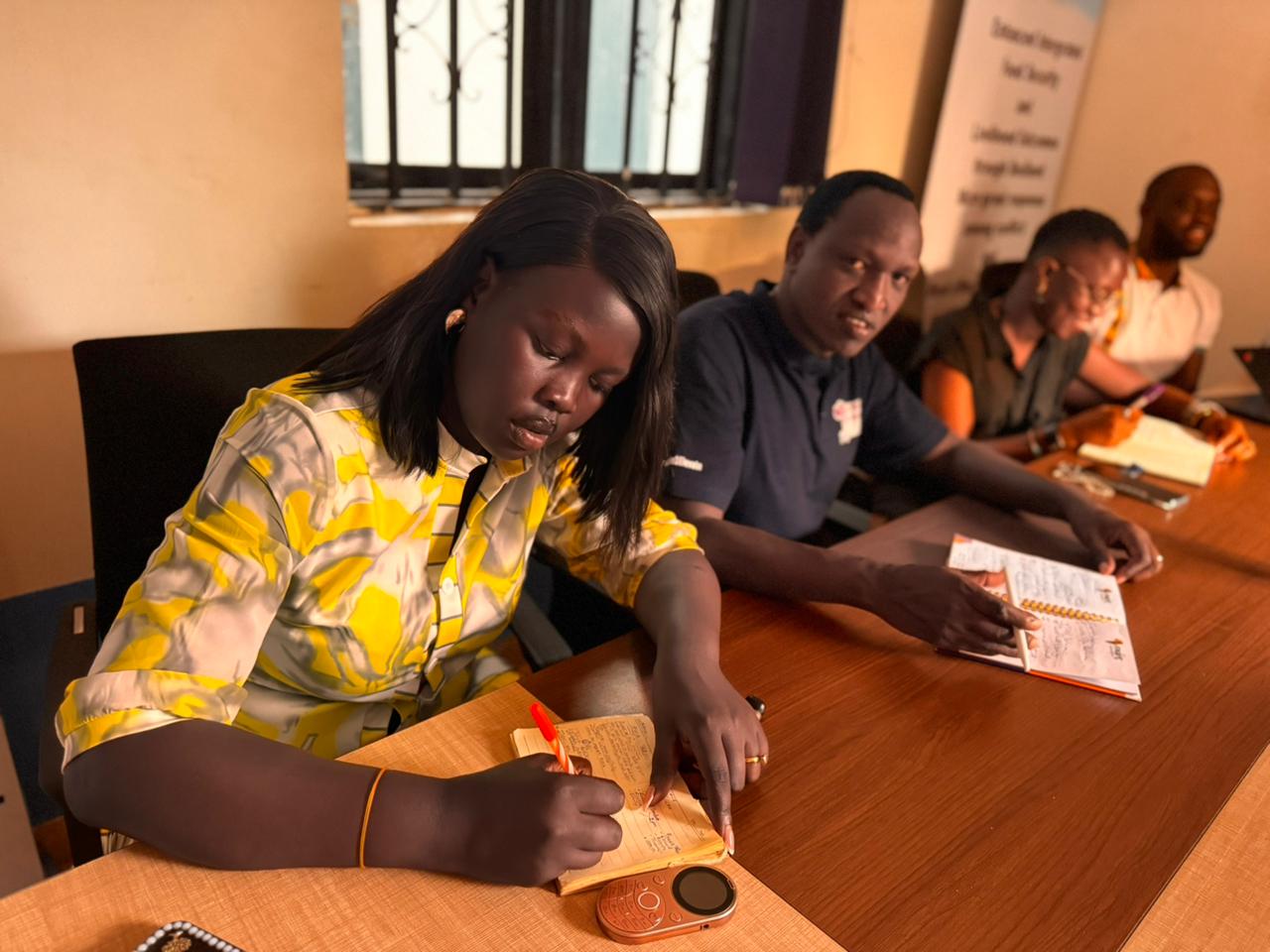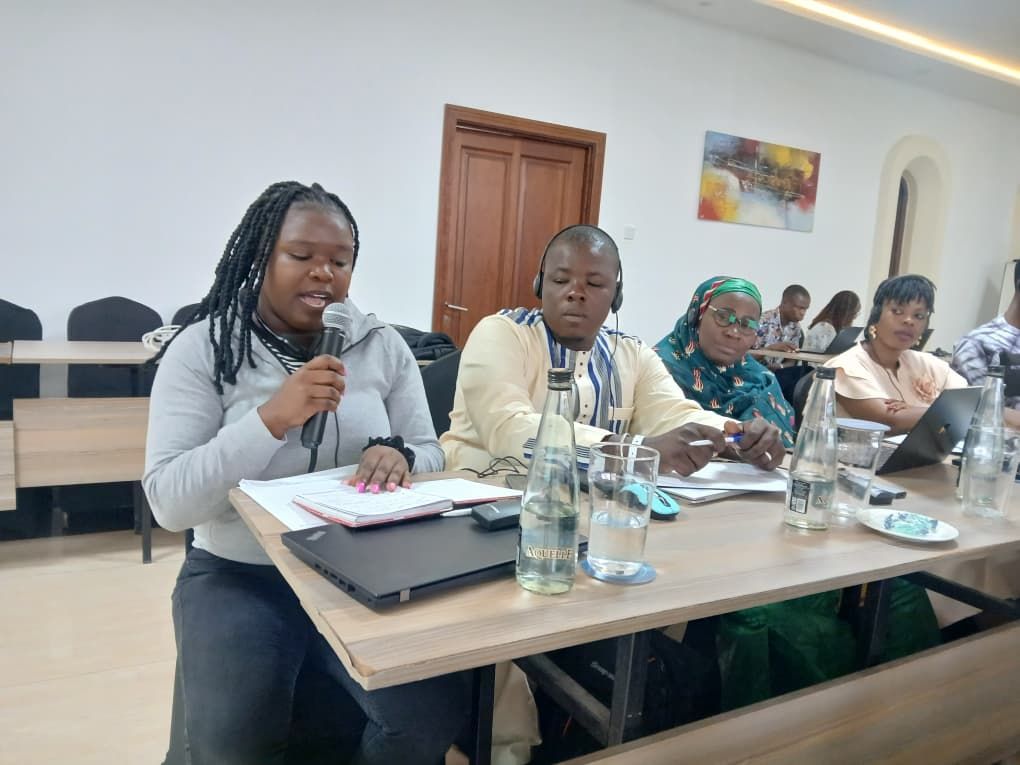If the baobab tree stands as a silent witness to generations, then the gathering beneath its symbolic branches here this week is the sound of a new generation speaking back. The 2025 Baobab Summit, with its theme “Baobab Rising: Nurturing the Future through Africa’s Youth,” is more than a conference; it is a living ecosystem of ambition. And moving through its currents is a distinct, potent strand: a delegation of FAWE scholars and alumni, not as attendees, but as architects.
They arrived from Rwanda, Uganda, and Ethiopia—seven voices in a chorus of thousands, yet representing a legacy that has, for decades, systematically watered the roots of Africa’s girl child. They are not just participants; they are the embodiment of the summit’s theme. A dental surgeon like Bertine Mukamana from Rwanda and an architect like Hanna Belachew from Ethiopia are the tangible outcomes of FAWE’s mission, now stepping onto a broader stage to help shape the continent’s very systems of education and work.
The power of their presence lies in their lived experience. They are the data points that have transcended statistics, moving from accessing an education to now defining what that education can build. When the summit speaks of “resilience and promise,” it is speaking of them. When it debates “inclusive systems,” these women have navigated the barriers those systems are meant to dismantle.
Their key takeaways, shared amidst the vibrant exchange, cut to the heart of sustainable progress. For Mukamana, it’s the pragmatic mechanics of collaboration: “Building trust, shared actions, collaboration, and accountability even if someone is new.” This is the operational blueprint for pan-African partnership, stated not in boardroom jargon, but in the clear language of a new leader.
Belachew, meanwhile, offered the powerful metaphor that truly defines the event. “We are the roots, branches, fruits, and flowers of Africa,” she stated, drawing a direct line from the summit’s namesake to the collective duty of her generation. “We must be united.” This is more than poetry; it is a political and social statement. It recognizes that the strength of the towering baobab—its ability to weather centuries—lies entirely in the interconnectedness of its parts, from the deepest root to the highest flower.
This is the essence of FAWE at the summit: a demonstration that nurturing the future is not a passive act of aid, but an active process of integration. The scholars are the roots, drawing nourishment from FAWE’s legacy. They are the branches, reaching out to create new connections. They are the fruits—the tangible results—and the flowers, symbolizing the blooming of potential yet to be fully realized.
Their collective presence whispers the summit’s unspoken, most powerful theme: that the future of Africa is not a problem to be solved, but a force, already present, that needs only to be trusted, connected, and unleashed.




Leave A Comment